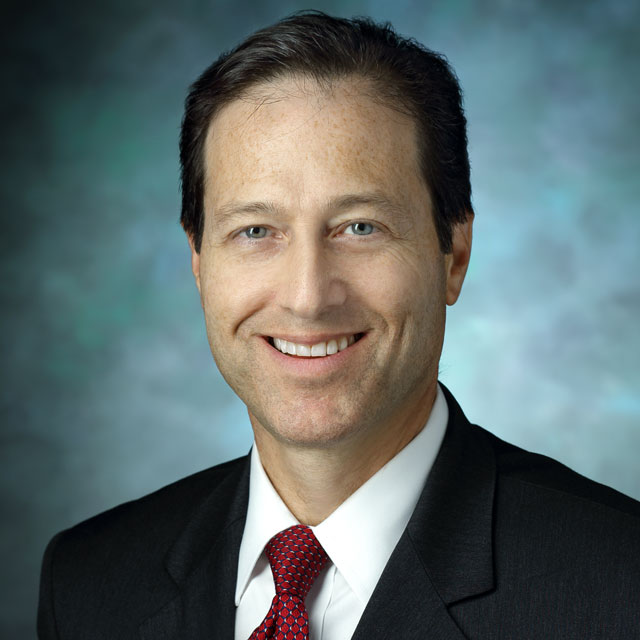Johns Hopkins Medicine has created an Office of Well-Being aimed at removing the barriers to a productive, joyful and healthful workplace.
Paul Rothman, dean of the medical faculty and CEO of Johns Hopkins Medicine, announced the launch during his annual State of Johns Hopkins Medicine address on Oct. 2. “We will not survive if we don’t take better care of ourselves and the people who work here,” he said.
Three Johns Hopkins veterans are helming the new office: Lee Daugherty Biddison as chief wellness officer, Deborah Dang as senior director of nursing for wellness, and Richard Safeer as chief medical director of employee health and well-being.
Biddison and Dang will focus on easing the administrative burdens and stress that keep clinicians from doing the work that’s important to them. Safeer will continue his efforts promoting health and well-being across the institution with measures such as healthier foods in the cafeterias and employee incentives to be smoke-free.
His efforts are guided by the Centers for Disease Control Worksite Health ScoreCard, which gives points for 125 specific measures to improve employee health, in categories that include encouraging physical activity, helping employees manage conditions such as depression and high blood pressure, and taking steps to reduce workplace stress.
The new Office of Well-Being, he says, combines his efforts with that of Biddison and Dang, who are working to relieve the workplace hassles that are specific to clinicians.
“People are spending more time doing paperwork and less time with patients,” Biddison says. “Regardless of our role, we didn’t go into health care to do paperwork all the time. We went into health care because we want to help people.”
One initiative, expected to roll out starting in November, is deployment of voice recognition software called Dragon, which will allow interested clinicians to dictate directly into Epic. The well-being office also plans to look at how clinics and units are staffed, with an eye toward relieving doctors and nurses of administrative tasks that can be done by others, Biddison says.
Improving workflows for frontline staff experience will ease workplace tensions that can foster rudeness toward colleagues, says Dang, who has been researching the causes and prevalence of disruptive behavior in her role as director of nursing practice, education and research.
Her studies show that nurses and physicians experience more mistreatment from their peers than from each other, and that the top catalysts are work pressures and systems that create unnecessary barriers. “Those are systems issues,” she says. “They are modifiable.”
Those changes are also likely to improve patient care, says Dang. “If people feel valued and respected, that naturally gets translated into how they deliver care,” she says.


